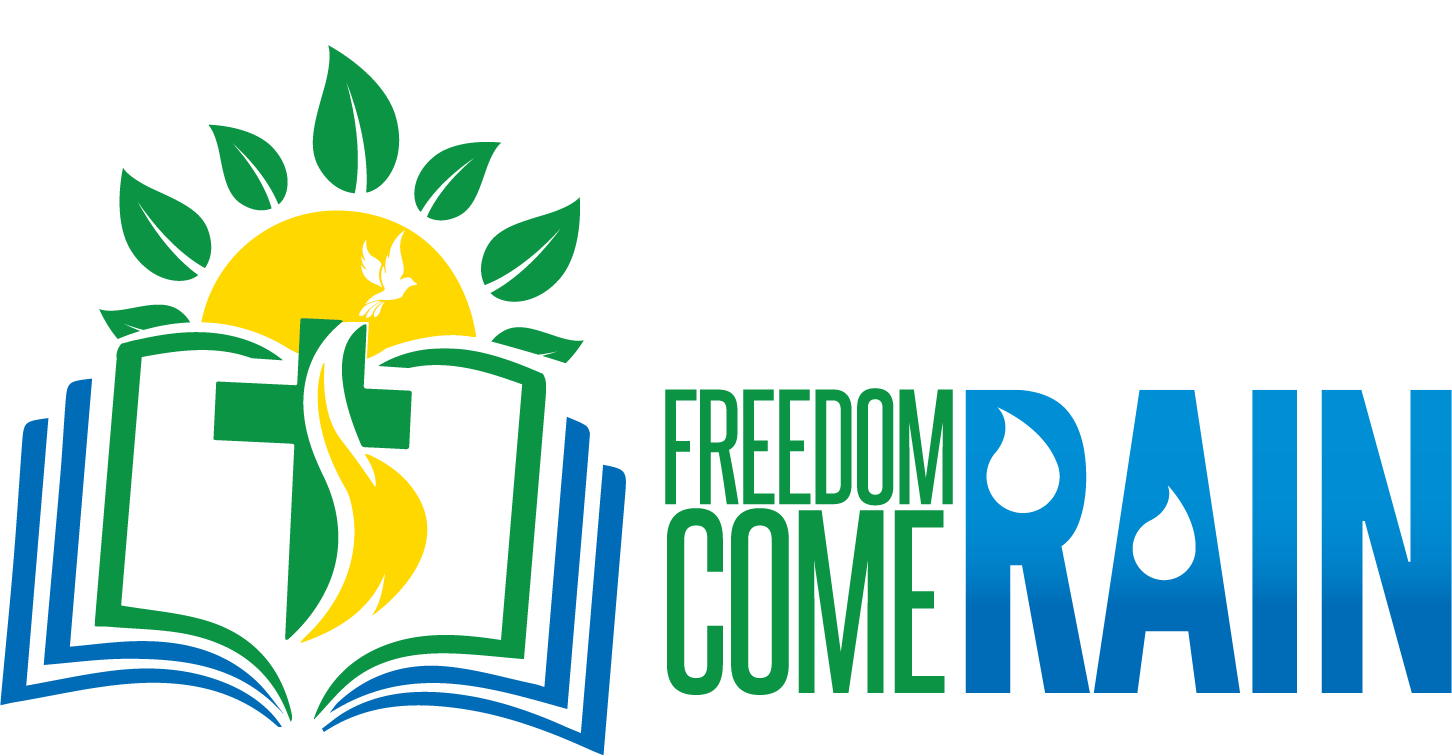With affordable smartphones and internet packs, gaming has become a part of the lives of children.
Battle royale games like BGMI and Free Fire are popular among boys, while Roblox and Minecraft attract a diverse range of players. For many, gaming is more than play — it’s for digital hangouts, and online friends feel as real as those at school.
However, concerns persist—cyberbullying, unmoderated content, and gaming addiction. Parental awareness remains low, leaving many teens to navigate these virtual worlds alone.
“The biggest red flag is kids talking to strangers online. You can’t control who they are talking to,” says 19-year-old Zayan, a student of architecture at Jamia Millia Islamia.
Streaming culture and e-sports have further shaped gaming aspirations. YouTube and Twitch stars influence how teens engage with games, and competitive gaming is now a career dream. While most start gaming as a hobby, many get addicted.
Zayan was alarmed by his 13-year-old brother spending hours on Roblox and spoke to their parents, who weaned him off the platform. Zayan says discussions with his friends made him aware of these risks.
A 2023 Statista survey found that 75% of gamers encountered toxic behaviour, like cheating and harassment within a year of joining online platforms.
Many kids are drawn to streamers like Dynamo Gaming, Mortal, CarryMinati, ScoutOP, Jonathan Gaming, and Total Gaming (Ajjubhai). However, some, like CarryMinati, are known for foul language.
A 2020 Ditch the Label survey of over 2,500 young adults, including teenagers, found that 53% had experienced bullying in online gaming, with 70% of them calling it a serious issue.






